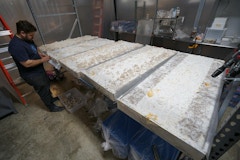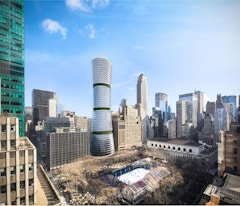
Two Sides to Sustainability & High-performance
High performance can be defined as “a building that integrates and optimizes all major high-performance building attributes, including energy

High performance can be defined as “a building that integrates and optimizes all major high-performance building attributes, including energy

Today's sustainability in architecture takes into consideration the complete life cycle of buildings and their components, from resource harvesting

Building envelopes cover a considerable part of the urban exterior surfaces, and to therefore have a significant leverage effect on the climate

Today, there is a shift towards sustainable simplicity in facades, embracing material innovations and thermal design strategies for long-term


This case study focuses on the solutions provided for the Bell Museum at the University of Minnesota. Our design team worked with the client to


Over the last two decades, in what has been coined “The Digital Turn”, the introduction of parametric design software has afforded increased

Facade systems of various transparent and opaque materials and systems are increasingly becoming integrated components of modularized facade

A building’s envelope mitigates the effects of meteorological phenomena – including lightning – upon the structure and its occupants and contents.
Few buildings are as iconic as Willis Tower. Generations of Chicagoans have a collective memory of this building playing a role in their entire


While most of high-rise buildings feature a core surrounded by a spatial frame defining the volume, one could envision a column-free plan where the

Tokyo’s prestigious Ginza District, is home to innovative architectural design. One of the most recent examples is Ginza Six (GSIX), the largest

The project represents a successful integration of a glass facade with the primary structure of the building. The choice of the building material is
